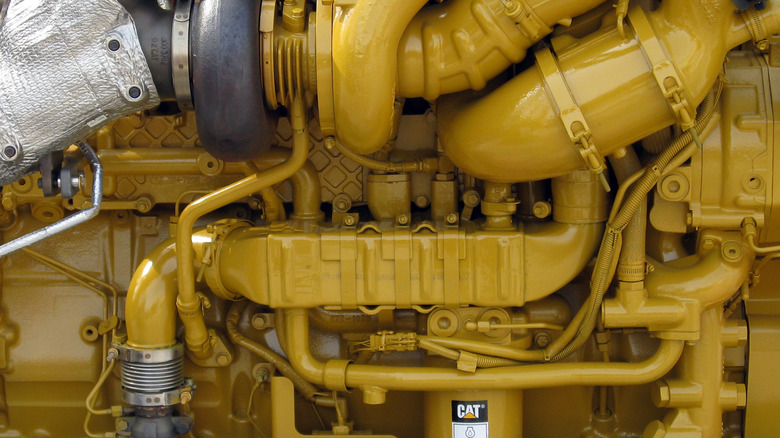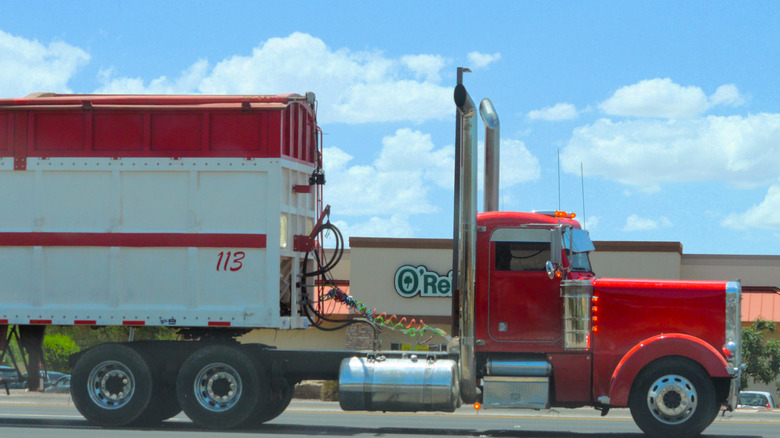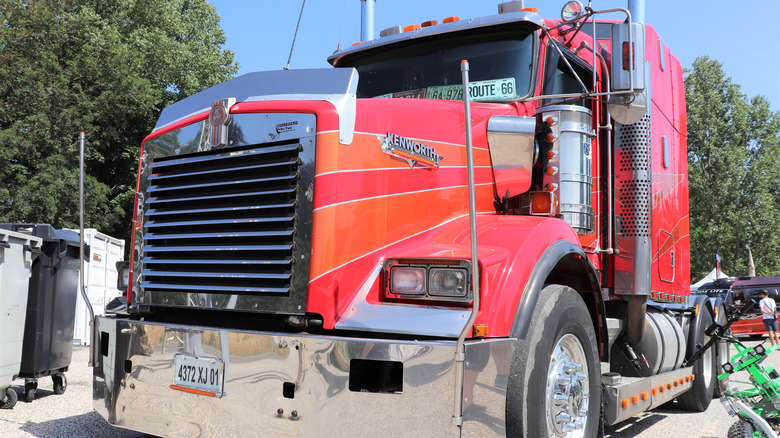Why Did Caterpillar Stop Making Truck Engines?
Industry giant Caterpillar has made a name for itself as one of the most prominent automotive manufacturers, particularly in heavy machinery. The company is known for its wide range of vehicles and vehicle parts, from some of the best-in-class loaders, dozers, and agricultural tractors to the world's largest tire. Among these products, though, are the company's engines, some of which were used to power iconic trucks in the past but are no longer in production.
Like any engine maker, Caterpillar had its fair share of engines that left a significant mark on the industry, such as the legendary Cat 3406E and C15, both of which established themselves as among the most reliable and powerful engines on the market at the time. However, the company stopped manufacturing all its on-highway truck engines, with one of the main reasons being stricter emissions laws.
Adhering to these regulations required a greater investment from Caterpillar if it were to continue producing its truck engines, given the advanced technologies needed to ensure compliance with the set laws. While Caterpillar initially found a way to continue producing the engines, it eventually threw in the towel, choosing to focus on its other products instead. But of course, the emissions regulations weren't the only reason why. Let's talk about it.
Caterpillar made its first truck engine in 1939
Like many American companies that have lasted over a hundred years, Caterpillar ventured into several automotive niches before finding its footing in construction, mining, and agriculture. Even so, it still had a presence in other sectors, like the trucking industry, which is where its on-highway truck engines came into play. The first of these Caterpillar truck engines, the D468, came as early as 1939. It was a six-cylinder diesel engine capable of producing 90 horsepower at 1800 revolutions per minute.
Over the decades, Cat would continue putting out truck engines such as the D312, 3408, and 3406Es, all of which came before the turn of the century. What's interesting about the last one here is that it marked the end of an era for Cat, brought about by, you guessed it, emissions control. Although the 3406E was fuel-efficient and equally powerful, it didn't meet the required standards, which led Caterpillar to stop production after selling nearly 575,000 engines of that line worldwide. The same fate would later befall the company's on-highway truck engines about ten years afterward.
Keeping up with the emissions regulations proved too costly
At the start of the 21st Century, new, stricter emissions laws were enacted, requiring engines made after 2007 and 2010 to meet increasingly rigorous standards to be considered environmentally friendly. Of course, it wasn't the first time such rigorous measures led to the downfall of some powerful engines. In the '70s, similar laws were passed, partly causing many classic '70s American muscle cars to lose the once potent horsepower they were known for. By 2007, those stricter emissions requirements forced automotive companies to reevaluate how they were building their engines to ensure compliance with emissions laws.
While some companies were able to implement the required changes, others weren't finding it so relatively easy. Caterpillar falls squarely in the latter category, having opted to outright stop making on-highway truck engines altogether. It's crucial to note that before ceasing production, Caterpillar had actually used a combination of air management, precise fuel delivery, and advanced electronics under the Advanced Combustion Emission Reduction Technology (ACERT) to meet emissions regulations.
However, the engines faced stiff market competition from other manufacturers, not to mention reliability issues that led some users to actually sue Cat. It didn't help that the company had to continuously invest in the engines to ensure they complied with emissions regulations. In the end, a cessation of production was the best course forward.


